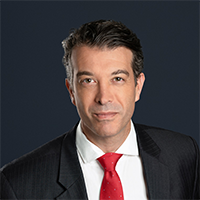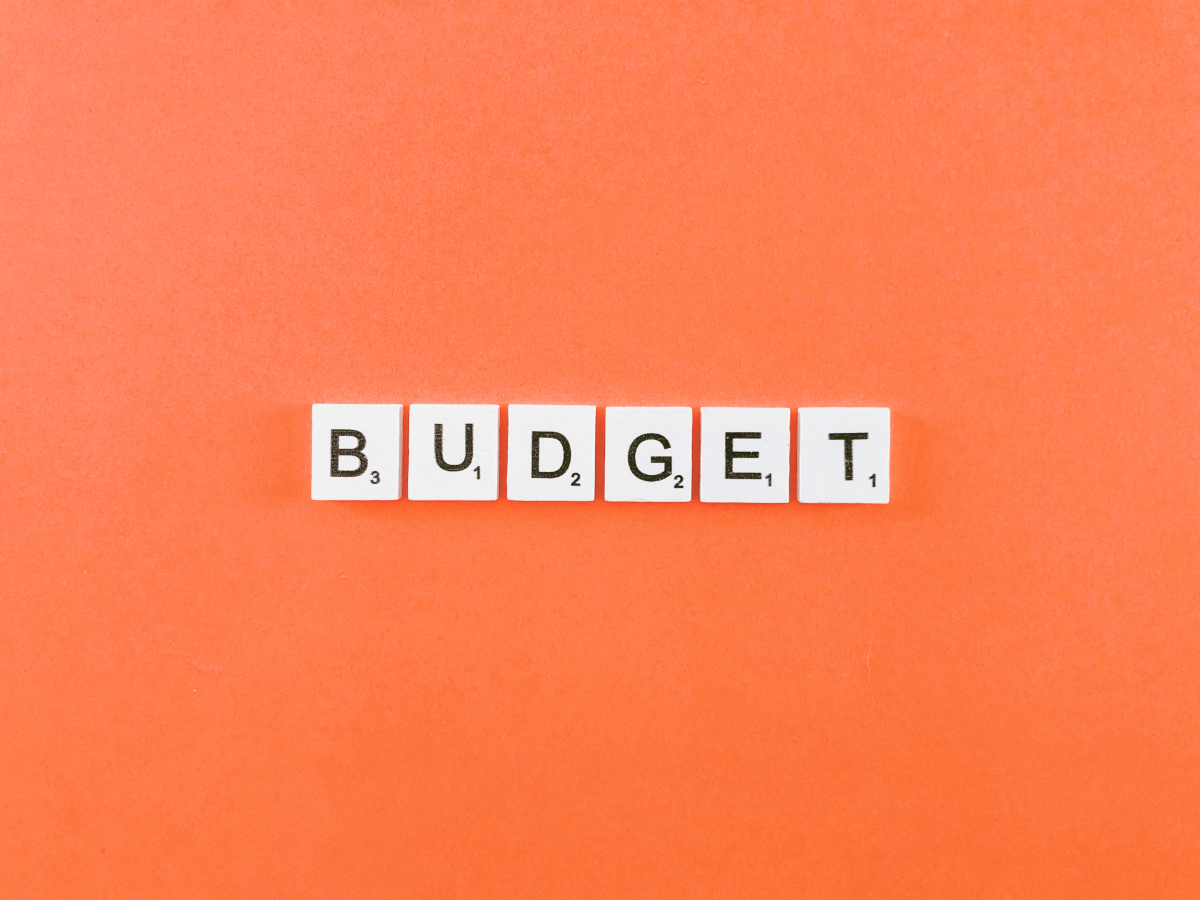The start of a financial year is the ideal time to review and, if you don’t already have one, set your budget. Business budgeting is a key foundation tool for strong financial management and will help you to forecast and track your financial and business performance.
Setting a budget allows you to establish the fixed costs that need to be covered for the business to break even and forecast revenue and associated variable costs that will drive the business to achieve profits.
I will explain this with a basic example (see table one). A computer retail business set a target revenue of $500,000 pa and sell computers and parts with an average profit margin of 25%.
In other words, the direct (variable) cost of each product sold is 75% of the sale price. With $500,000 in sales this could deliver a $125,000 profit margin. With a fixed cost base of $120,000 pa (pre owner’s salaries) a maximum profit of $5000 can be achieved out of the business – Pretty poor!
By working backwards and recognising the two owners needed a profit of $100,000 each ($200,000 total) minimum to be in business you will recognise a gross margin of $320,000 is needed (not $125,000) to generate $200,000 profit.
This requires a turnover of $1.28m. Recognising the difficulty of this target they decided it will be better to increase the gross margin to 30% reducing revenue target to $1.07m.
TABLE ONE
|
|
Current Position |
|
Budget based on avg 25% margins |
|
Budget based on avg 30% margins |
|
Sales |
500,000 |
|
1,280,000 |
|
1,066,667 |
|
Direct costs @75% |
(375,000) |
|
(960,000) |
|
(746,667) |
|
Gross margin |
125,000 |
|
320,000 |
|
320,000 |
|
Fixed costs |
120,000 |
|
120,000 |
|
120,000 |
|
Profit for owners |
5,000 |
|
200,000 |
|
200,000 |
So you can see that by having a budget in place both partners were able to clearly see what the business needed to achieve in order to reach their financial objectives. From these figures they were then able to develop strategies and KPIs to help them to achieve their margin and sales targets.








Comment